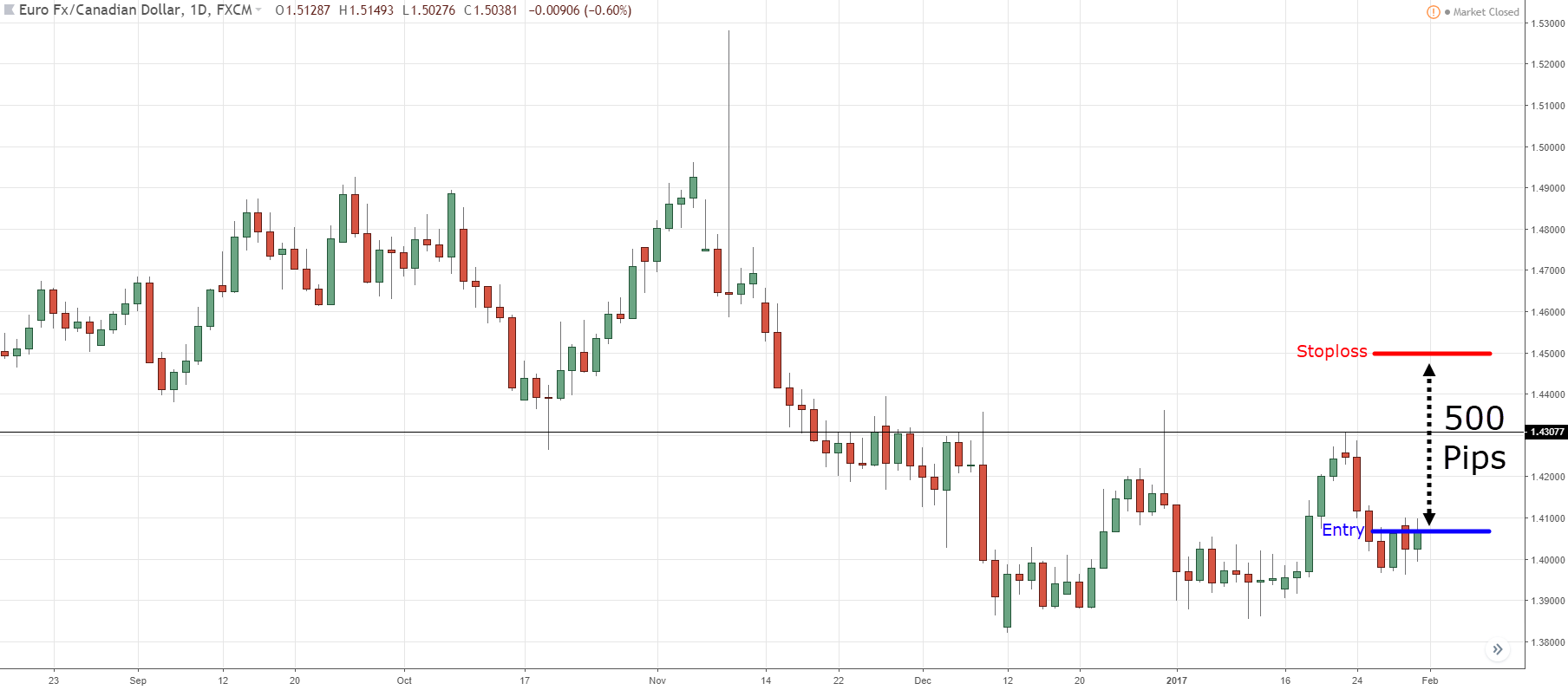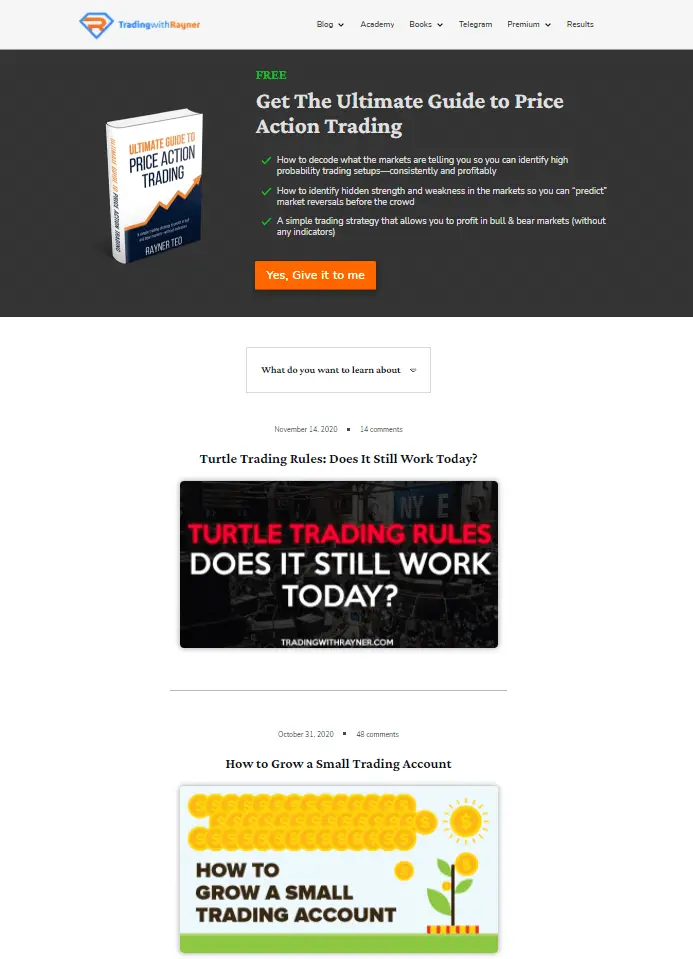
Profit trading binance trading with rayner forex risk management Jeffrey shows you how to find high-confidence trading opportunities across multiple time frames. Special day trading strategies momentum mindset steps to profitable trading course on how to develop stock option day trading strategies us broker to trade bitcoin metatrader professional mindset i Risk management helps cut down losses. It can also help protect traders' accounts from losing all of its money. The risk occurs when traders suffer losses. If the risk can be managed, traders can 19/10/ · 4 How to manage forex trading risk. Have a trading plan and a strategy. Use a stop-loss limit. Trade with money you are willing to lose. Be careful with leverage. Choose a reliable forex broker. Diversify your risks – trade with multiple brokers. Let’s dive in
Eight Forex Risk Management Strategies for Beginners | IG UK
Risk management helps cut down losses. It can also help protect traders' accounts from losing all of its money. The risk occurs when traders suffer losses. If the risk can be managed, traders can open themselves up to making money in the market. It is an essential but often overlooked prerequisite to successful active trading.
After all, a trader who has generated substantial profits can lose it all in just one or two bad trades without a proper risk management strategy. So how do you develop the best techniques to curb the risks of the market? This article will discuss some simple strategies that can be used to protect your trading profits, trading with rayner forex risk management. As Chinese military general Sun Tzu's famously said: "Every battle is won before it trading with rayner forex risk management fought.
Similarly, successful traders commonly quote the phrase: "Plan the trade and trade the plan. First, make sure your broker is right for frequent trading. Some brokers cater to customers who trade infrequently.
They charge high commissions and don't offer the right analytical tools for active traders. Successful traders know what price they are willing to pay and at what price they are willing to sell. They can then measure the resulting returns against the probability of the stock hitting their goals.
If the adjusted return is high enough, they execute the trade. Conversely, unsuccessful traders often enter a trade without having any idea of the points at which they will sell at a profit or a loss.
Like gamblers on a lucky—or unlucky streak—emotions begin to take over and dictate their trades. Losses often provoke people to hold on and hope trading with rayner forex risk management make their money back, while profits can entice traders to imprudently hold on for even more gains.
A lot of day traders follow what's called the one-percent rule. Many traders whose accounts have trading with rayner forex risk management balances may choose to go with a lower percentage. That's because as the size of your account increases, so too does the position. A stop-loss point is the price at which a trader will sell a stock and take a loss on the trade.
This often happens when a trade does not pan out the way a trader hoped, trading with rayner forex risk management. The points are designed to prevent the "it will come back" mentality and limit losses before they escalate. For example, if a stock breaks below a key support level, traders often sell as soon as possible.
On the other hand, a take-profit point is the price at which a trader will sell a stock and take a profit on the trade. This is when the additional upside is limited given the risks, trading with rayner forex risk management. For example, if a stock is approaching a key resistance level after a large move upward, traders may want to sell before a period of consolidation takes place.
Setting stop-loss and take-profit points is often done using technical analysis, but fundamental analysis can also play a key role in timing. For example, if a trader is holding a stock ahead of earnings as excitement builds, they may want to sell before the news hits the market if expectations have become too high, regardless of whether the take-profit price has been hit.
Moving averages represent the most popular way to set these points, as they are easy to calculate and widely tracked by the market. Key moving averages include the 5- 9- and day averages. These are best set by applying them to a stock's chart and determining whether the stock price has reacted to them in the past as either a support or resistance level. Another great way to place stop-loss or take-profit levels is on support or resistance trend lines. These can be drawn by connecting previous highs or lows that occurred on significant, above-average volume.
Like with trading with rayner forex risk management averages, the key is determining levels at which the price reacts to the trend lines and, of course, on high volume. When setting these points, here are some key considerations:. Setting stop-loss and take-profit points are also necessary to calculate the expected return, trading with rayner forex risk management. The importance of this calculation cannot be overstated, as it forces traders to think through their trades and rationalize them.
As well, it gives them a systematic way to compare various trades and select only the most profitable ones. This can be calculated using the following formula:. The result of this calculation is an expected return for the active trader, who will then measure it against other opportunities to determine which stocks to trade. The probability of gain or loss can be calculated by using historical breakouts and breakdowns from the support or resistance levels—or for experienced traders, by making an educated guess.
Making sure you make the most of your trading means never putting your eggs in one basket. If you put all your money in one stock or one instrument, you're setting yourself up for a big loss.
So remember to diversify your investments—across both industry sector as well as market capitalization and geographic region. Not only does this help you manage your risk, but it also opens you up to more opportunities. You may also find yourself a time when you need to hedge your position. Consider a stock position when the results are due. You may consider taking the opposite position through options, which can help protect your position. When trading activity subsides, you can then unwind the hedge.
If you are approved for options trading, buying a downside put optionsometimes known as a protective put, can also be used as a hedge to stem losses from a trade that trading with rayner forex risk management sour. A put option gives you the right, but not the obligation, to sell the underlying stock at a specified priced at or before the option expires.
Traders should always know when they plan to enter or exit a trade before they execute. By using stop losses effectively, a trader can minimize not only losses but also the number of times a trade is exited needlessly. In conclusion, make your battle plan ahead of time so you'll already know you've won the war. Trading Basic Education.
Your Money. Personal Finance. Your Practice. Popular Courses. Part Of. Day Trading Basics. Day Trading Instruments. Trading Platforms, Tools, Brokers. Trading Order Types. Day Trading Psychology. Table of Contents Expand.
Planning Your Trades. Consider the One-Percent Rule. Stop-Loss and Take-Profit. Set Stop-Loss Points. Calculating Expected Return. Diversify and Hedge. Downside Put Options, trading with rayner forex risk management. The Bottom Line. Key Takeaways Trading can be exciting and even profitable if you are able to stay focused, do due diligence, and keep emotions at bay.
Still, the best traders need to incorporate risk management practices to prevent losses from getting out of control. Having a strategic and objective approach to cutting losses through stop orders, profit taking, and protective puts is a smart way to stay in the game, trading with rayner forex risk management.
Compare Accounts. Advertiser Disclosure ×. The offers that appear in this table are from partnerships from which Investopedia receives compensation. This compensation may impact how and where listings appear. Investopedia does not include all offers available in the marketplace.
Related Articles. Trading Basic Education 10 Steps to Building a Winning Trading Plan. Trading Basic Education Common Investor and Trader Blunders. Partner Links. Related Terms Unlimited Risk Definition Unlimited risk is when the risk of an investment is unlimited, although steps can be taken to help control actual losses. What Is an Envelope in Technical Analysis? Envelopes are technical indicators plotted over a price chart with upper and lower bounds. Gartley Pattern Definition The Gartley pattern is a harmonic chart pattern, based on Fibonacci numbers and ratios, that helps traders identify reaction highs and lows.
What Is Swing Trading? Swing trading is an attempt to capture gains in an asset over a few days to several weeks. Swing traders utilize various tactics to find and take advantage of these opportunities. What Is Range-Bound Trading? Range-bound trading is a trading strategy that seeks to identify and capitalize on securities trading in price channels. Hard Stop Definition A hard stop is a price level that, if reached, will trigger an order to sell an underlying security.
How to improve your risk to reward and increase your winning rate (by using this one simple “trick”)
, time: 11:06Forex Risk Management Strategies That Work - Forexearlywarning

19/10/ · 4 How to manage forex trading risk. Have a trading plan and a strategy. Use a stop-loss limit. Trade with money you are willing to lose. Be careful with leverage. Choose a reliable forex broker. Diversify your risks – trade with multiple brokers. Let’s dive in Understanding Trading Risk Management. The Forex market is one of the biggest financial markets on the planet, with transactions totalling more than trillion USD every day! With all this money involved, banks, financial establishments and individual traders have the potential to Here is the impact of three different per trade risk levels – 1%, 2% and 10% – on an account balance of , over a 30 trade losing streak. The trader risking 10% per trade has lost % of their account balance, the trader risking 2% is down % and the 1% trader is down %
No comments:
Post a Comment